I dream of getting a block of land, building a tiny house, planting an orchard, raising chickens and keeping bees.
On Tuesday night I had my first insight into the world of bee keeping. I went to a workshop by Inspired Living Events to hear Paul Wood from Brisbane Backyard Bees share his joy for these busy little honey makers.
Paul makes and sells a type of bee hive which is suitable for backyard bee keeping, called a Top Bar Hive. Top Bar Hives are based on an ancient Greek design replicating a hollow log, allowing the bees to live almost as naturally as they would in the wild. If you buy a hive from Paul he will help you get your hive established and will mentor you through your early days as a bee keeper.
Paul brought along some of his amazing honey for us to taste, including some rather unusual tasting honey from native stingless bees, and some very thick black honey that he found in an abandoned hive – which was quite extraordinary!
10 things I learned about bees:
- NEVER USE ROUNDUP – IT KILLS BEES. Unfortunately this highly toxic chemical is on the shelves at Bunnings and most people are not aware that it has a hugely detrimental effect on bees. Write to Bunnings and Yates and ask them to remove it from their shelves. If enough people do this they may take notice
- Australia has about 1000 different solitary bees. If you drill some holes horizontally into a log and leave some water nearby, you might find some solitary bees take up residence.
- It takes a couple of days for bees to recover from being ‘smoked’ from their hive, although this is a common practice it is best to avoid or limit the use of smoke with the bees if possible.
- You can get 50-60 kilos of honey from a hive in a good season! That’s a lot of sweet sticky goodness!
- Diversity is key. Bees like to forage on different flowers. Monoculture farming is not good for bees.
- When you set up your hive you have to orientate it to consider the flight path of the bees.
- Bees need a water source as they use water to cool the hive.
- The Varroa mite is a parasitic mite that attacks honey bees. It has been linked to colony collapse disorder in Canada and Hawaii. Varroa is not present in Australia, but experts are predicting that Varroa mites will enter Australia at some time in the future (in recent years, Varroa has established in our near neighbours – New Zealand and Papua New Guinea).
- You can remove some honey from a hive without it being detrimental to the bees. In commercial industry they take all the honey and feed the bees sugar syrup, in America they even use high fructose corn syrup to feed the bees!
- Swarming bees are bees that are looking for a new home. They are not aggressive and you don’t need to panic if you see a swarm. The Department of Agriculture has a list of swarm catchers who will come and remove a swarm for you.
Paul reckons it’s easier to keep bees than chickens. I plan to have both. His enthusiasm was wonderful to see and I came away super keen to set up a hive. Show me the honey!



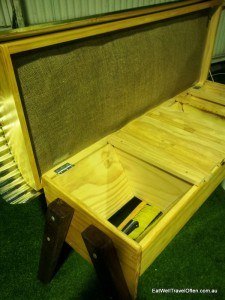

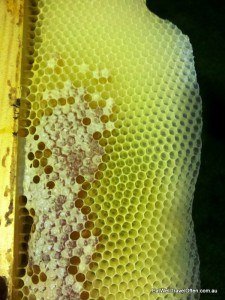

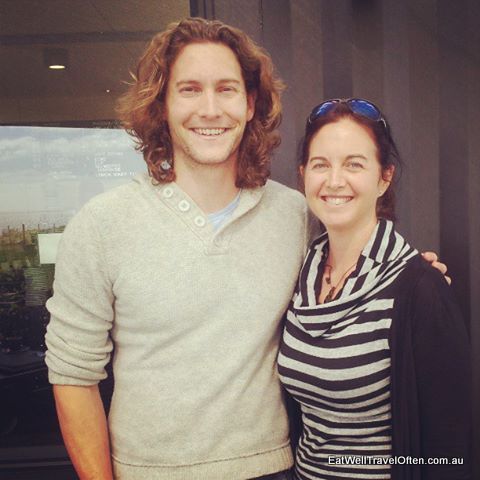
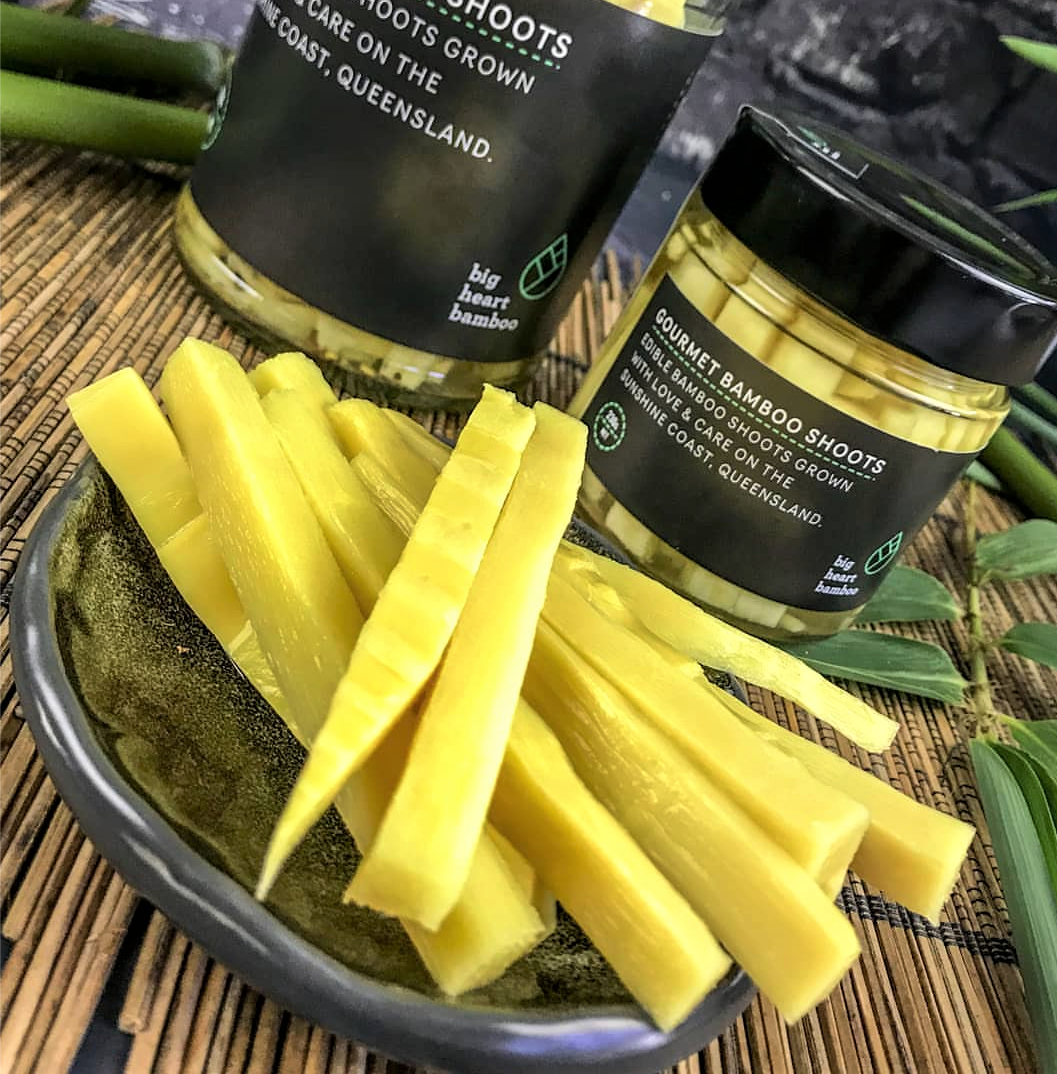
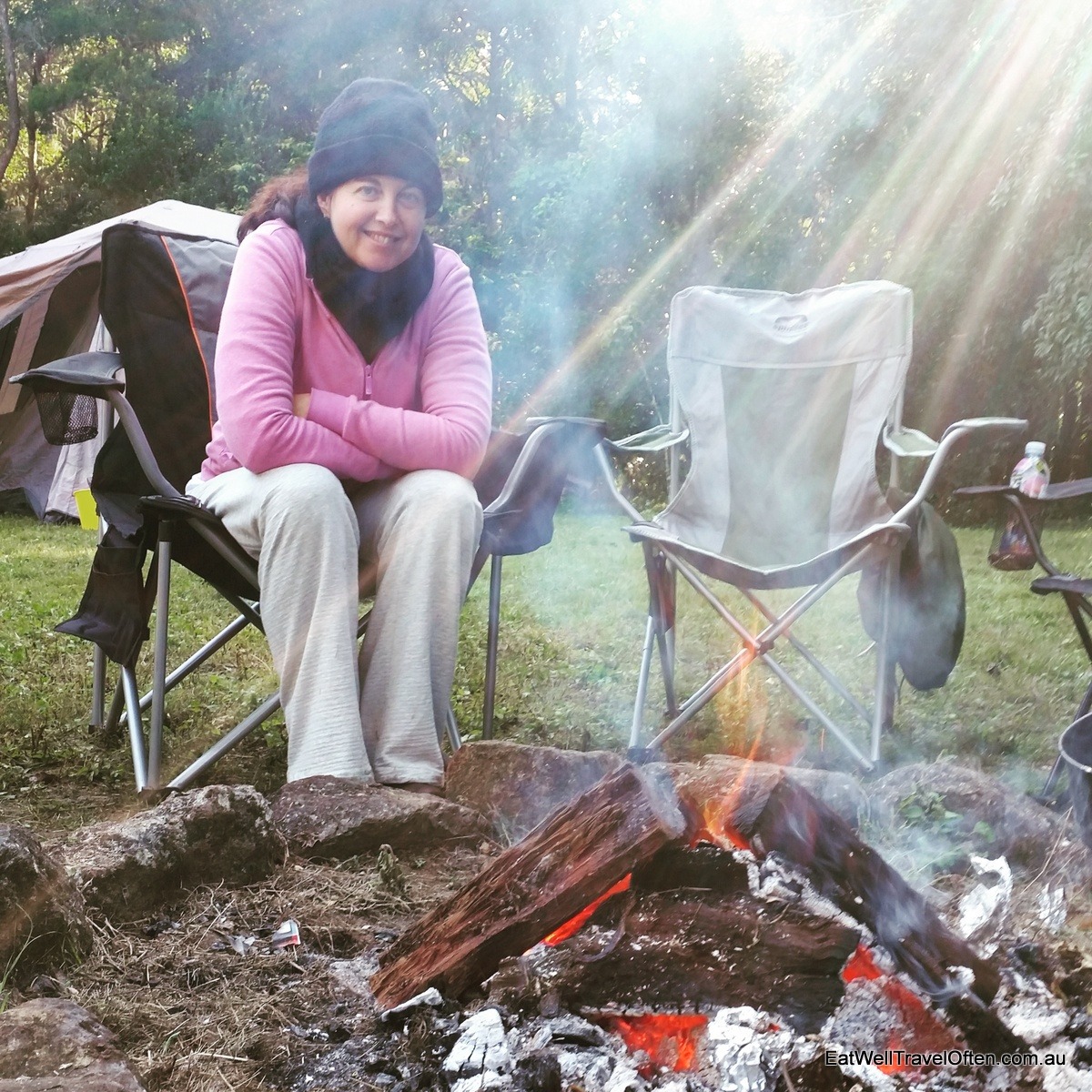

That’s great, thank you! 🙂
You’re welcome! Yay for bees! 🙂